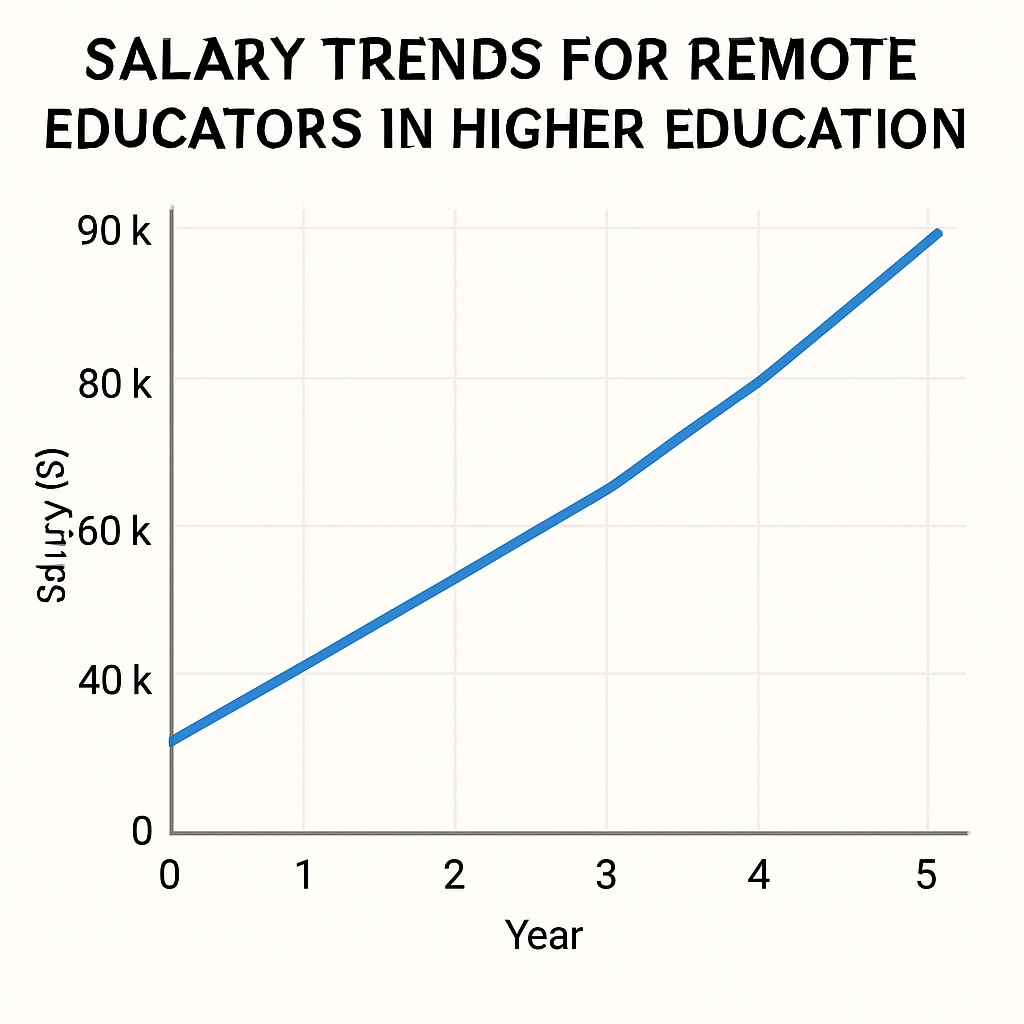Remote work in higher education is experiencing remarkable growth, with salary increases reflecting the sector’s adaptation to digital transformation. Alongside these developments, K12 educators can derive valuable insights from higher education’s evolving landscape to enhance their own career prospects. As institutions worldwide embrace online learning, educators find themselves at the forefront of a new era that blends technology with teaching methodologies.

Trends in Remote Work and Salary Growth in Higher Education
The shift to remote work in higher education has accelerated significantly in recent years, driven by advancements in technology and the global push for accessible education. As a result, salary growth for remote educators has become a notable trend. According to recent surveys, universities and colleges are increasingly compensating remote faculty members to reflect their ability to deliver quality education in a virtual format. For example, institutions now recognize the additional skills required for remote teaching, such as proficiency in digital tools, and reward these competencies accordingly.
In addition, the demand for specialized roles, such as instructional designers and online curriculum developers, has surged, further driving salary increases. These roles are critical in shaping effective virtual learning experiences, making them highly valued within the industry.

Implications for K12 Educators
While higher education has been a trailblazer in adopting remote work models, K12 education has lagged behind in fully integrating digital practices. However, there are key lessons K12 educators can learn from their counterparts in universities and colleges. For instance, investing in professional development focused on digital teaching skills can open doors to higher-paying opportunities and leadership roles within K12 institutions.
Additionally, the importance of flexibility and adaptability cannot be overstated. K12 educators can explore hybrid teaching models that combine in-class and virtual instruction, leveraging tools such as interactive whiteboards and learning management systems. This approach not only enhances their teaching effectiveness but also positions them as forward-thinking professionals in a rapidly changing educational landscape.
What’s Next for Remote Work in Education?
The future of remote work in education appears bright, with technological advancements continuing to redefine possibilities. For higher education, this means further salary growth as remote faculty members refine their expertise and institutions compete to attract top talent. For K12 educators, the opportunity lies in adopting these practices and advocating for broader digital integration within their schools.
Furthermore, partnerships between higher education and K12 institutions could facilitate knowledge sharing, allowing K12 educators to benefit from the technological innovations and strategies already established in universities.
As a result, the education sector as a whole is poised to embrace a more interconnected and digitally empowered future, where educators at all levels are equipped to thrive in remote and hybrid environments.
Readability guidance: This article uses short paragraphs and clear headings to enhance readability. Lists and examples provide practical insights, and transitions like “however” and “for example” ensure smooth flow throughout the content.


